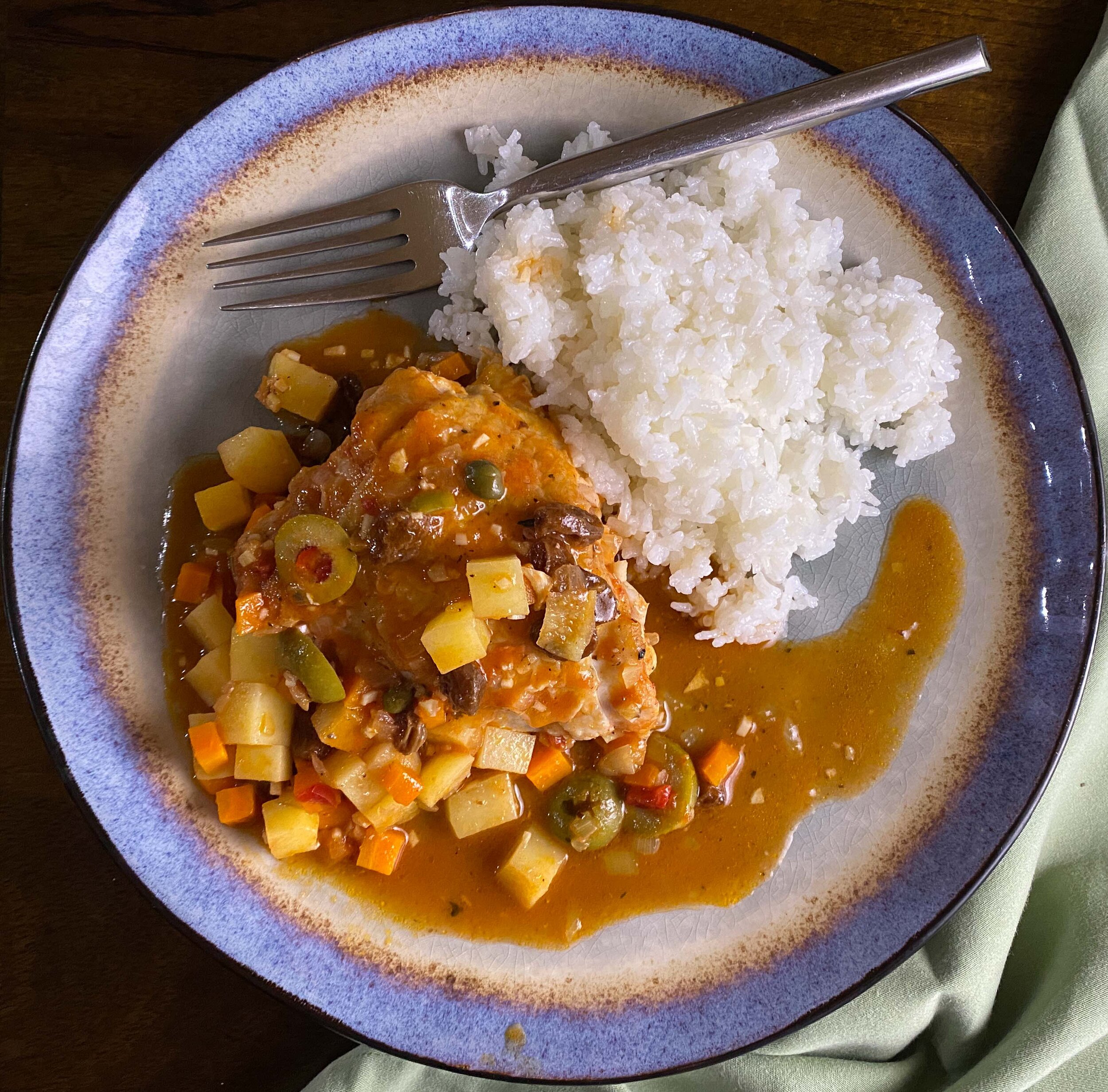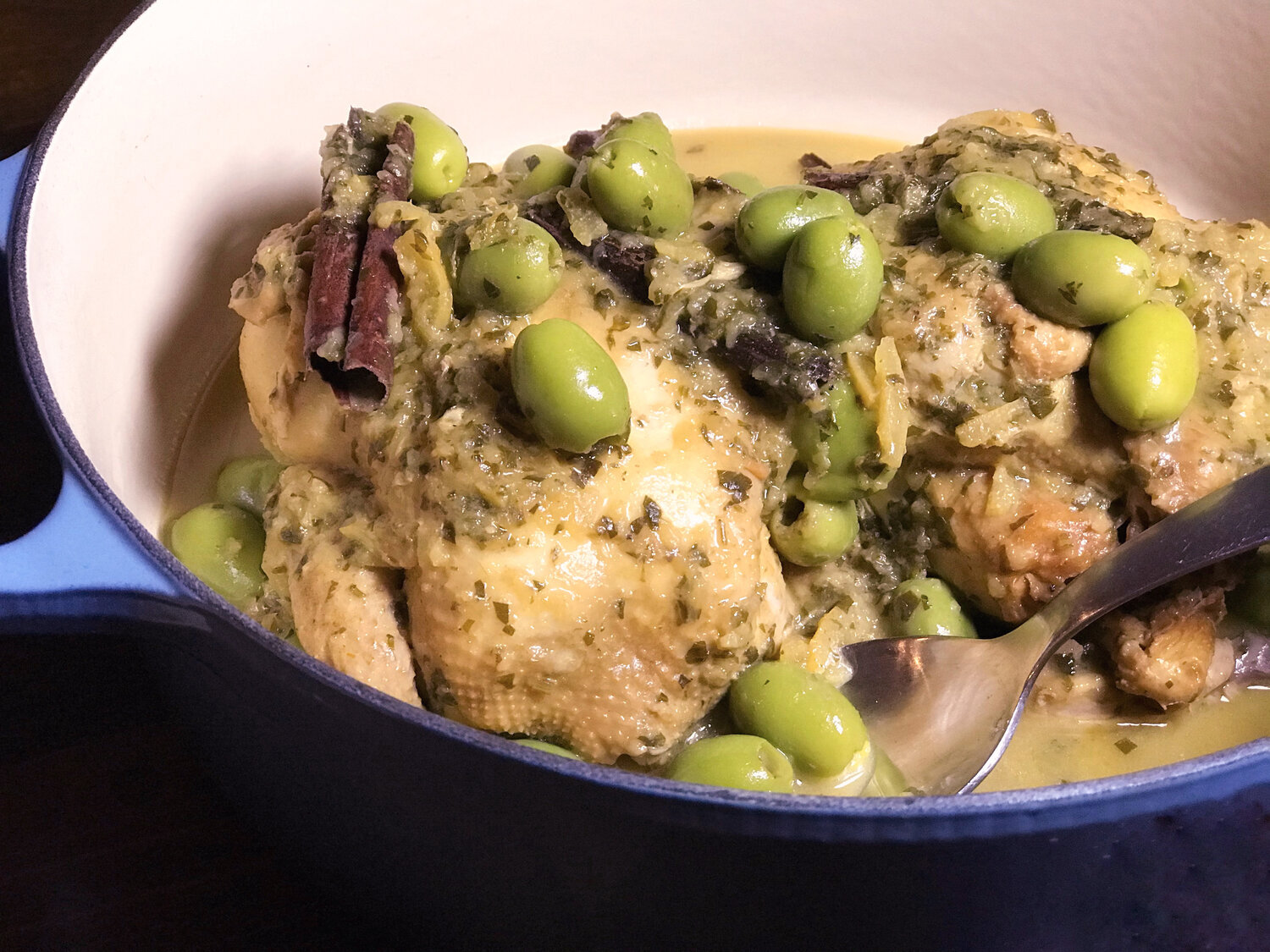By Leslie Brenner
If you’re in a certain Mediterranean mood, there’s nothing more marvelous than a great moussaka. With its layers of potato, eggplant, tomatoey lamb sauce and silky béchamel, Greece’s most famous dish has irresistible appeal.
In fact, when it’s carefully made, moussaka is one of the best dishes in the world. It’s perfect for this time of year, when eggplants are still in peak season and it’s cool enough to finally turn on the oven.
Yet somehow, moussaka has gotten left behind in the universe’s decades-long love affair with Mediterranean food. You don’t find it on restaurant menus much, nor is the internet bursting with outstanding moussaka recipes.
In an attempt to right that wrong, three years ago I set about to explore the origins of the dish and create the best version I could conjure — and came up with what a friend who tasted it called “Moussaka for the Ages.” Fragrant with allspice and cinnamon, it’s at once saucy, bright and rich; the way its creamy crown of béchamel plays with the lamby, saucy layers makes it eminently craveable.
READ: “Moussaka, a spectacular dish with a curious history, gets a magnificent makeover”
It’s great for feeding a crowd. Begin the fun with a big green salad (to keep it simple), or a cold mezze (appetizer spread) if you want to live large (weekend party!). You can build the moussaka ahead of time, stopping at the point where you add the béchamel topping. After that, the final half-hour or so of baking is pretty much hands-off, and it needs to rest 15 minutes after that, so the dish settles and the flavors bloom.
My version is less messy and easier than traditional version, which started with frying potatoes then eggplant. For the eggplant, I go a sheet-pan route, seasoning and drizzling olive oil on thick slices, and roasting them to melty tenderness. This results in a lighter moussaka with a more lovely caramelized eggplant flavor. Slices of potato, which form the base, get parboiled.
The béchamel-and-cheese topping on my moussaka is a little different than traditional versions as well. Lightened with yogurt, it’s brighter and fluffier; grated cheese gives it depth.
Try it this weekend — if you’re not feeding a crew, you can enjoy it reheated for a weeknight dinner or two.
RECIPE: Moussaka for the Ages
Did you enjoy this story and recipe? You might love:
RECIPE: ‘Falastin’ Baked Kofta with Eggplant and Tomato
RECIPE: Ultimate Hummus
RECIPE: Palestinian Chopped Salad
RECIPE: Baba Ganoush
RECIPE: Fattoush-ish



















